4 Key Crossroads Your Protagonist Must Face
Your protagonist and plot are tightly linked.
When your plot reaches a turning point, so too will your hero—and when your hero makes a key decision, that choice will affect your plot in turn. This is thanks to a few key crossroads, which will ensure your protagonist is an active player in your story from beginning to end.
Of course, figuring out how to make the most of these turning points is where things can get hard. After all, every story and every protagonist is unique. How can you be sure that both you and your hero are ready to handle these major events? Well, this is where story structure comes in handy—as well as a useful idea called the crossroads principle!
This is an excerpt adapted from my recent book, Write Your Hero. If you’re struggling to give your protagonist the spark they need, make sure to grab a copy of your own! 🙂
It’s All About Choice
Contents
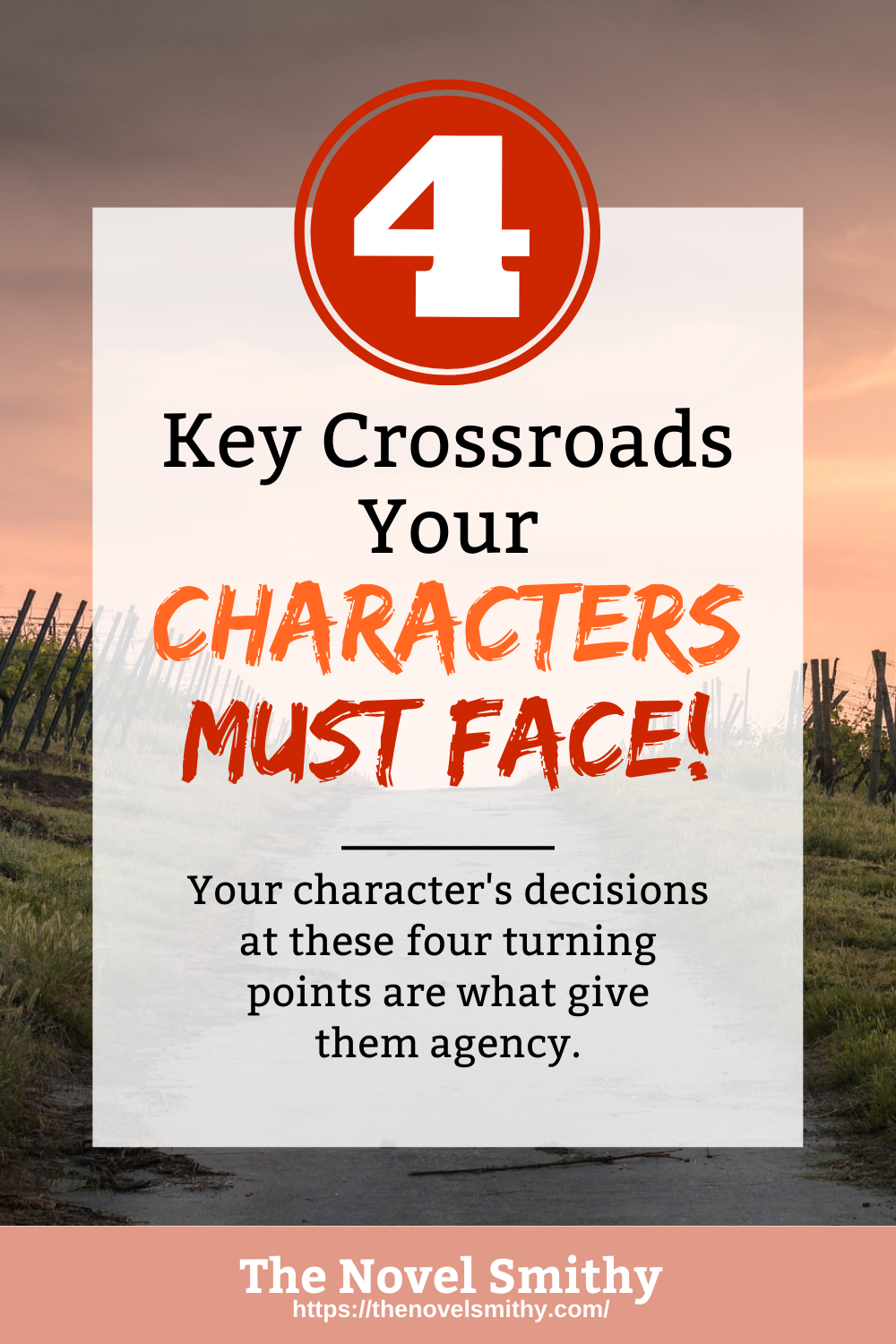 When it comes to writing a memorable story, your protagonist is your most important character. They are who your readers will identify with, who will be your focus throughout your novel, and who will ultimately resolve your story’s conflict.
When it comes to writing a memorable story, your protagonist is your most important character. They are who your readers will identify with, who will be your focus throughout your novel, and who will ultimately resolve your story’s conflict.
However, this only works if your protagonist takes action.
A compelling protagonist is one who makes clear choices throughout their journey. This ensures they’re an active player in your plot, and that their presence in your story means something. Likewise, whether these choices are action-packed and dramatic or seemingly simple decisions, they are also how you’ll communicate your protagonist’s internal transformation (or their character arc) to your readers.
What makes this extra important is that your protagonist’s decisions won’t be limited to a single part of your plot. Instead, your hero needs to make a variety of choices throughout your novel, depending on where they are in their own internal journey.
This is a common complaint among readers, who often feel like heroes lack agency.
Without playing an active role in their story, these protagonists end up half-formed, simply being dragged through their adventures by forces outside of their control—or, even worse, triumphing over their novel’s core conflict without making any real decisions of their own. Even if the writers of these stories came up with clear motivations, stakes, and goals for their protagonists, readers will never feel their affect if they aren’t translated into action.
All of this is to say that the choices your protagonist makes are some of the most important parts of your novel—especially during the key turning points of your story. This is where something called the crossroads principle comes into play!
What is the Crossroads Principle?
At its core, the crossroads principle is fairly simple.
This principle states that your protagonist will experience key turning points throughout their story where they face a point of no return. Here, their character arc and your plot will connect, and the path they take will shift both their internal growth and your story’s conflict.
Meanwhile, these choices will also be a reflection of who they are as a character.
Early on, they’ll make choices that feed their inner struggle, get them into trouble, and stoke the flames of your novel’s conflict. This creates a baseline for your readers to judge your protagonist’s growth. Then, as your story progresses, your protagonist will slowly begin to realize their truth. As a result, the choices they make will change. Whether they learn to embrace this truth and grow for the better, or reject it and retreat into their flaws, their decisions at these crossroads are how they’ll ultimately change as a character.
Luckily, you don’t have to create these crossroads on your own! This is where story structure becomes so helpful, because all major structures have these crossroads built in. This is in the form of plot points—specifically, the major turning points that define each structure.

For example, in the Three Act Structure there are four crossroads:
- The First Plot Point
- The Midpoint
- The Third Plot Point
- The Climactic Moment
Of course, these aren’t the only plot points in this structure. However, they are the ones that form the most intense turning points, and that transition the story from act to act—making them the perfect crossroads for your hero.
With that said, let me walk you through how these crossroads work in this structure, so you can see the kinds of choices your protagonist will make throughout their story.
New to story structure? You can find a more in-depth introduction here.
4 Key Crossroads of the Three Act Structure
The First Plot Point:
Starting things off, the First Plot Point is the true “beginning” of your protagonist’s adventures.
While your novel is probably a few scenes long by this point, those scenes were mostly concerned with setting the stage. They gave you a chance to introduce your story’s conflict, show how that conflict will affect your protagonist, and establish their inner struggle. Now, it’s time for them to make a decision.
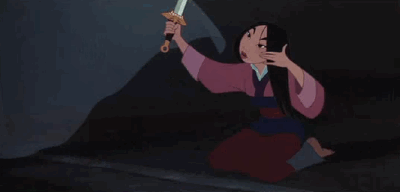
This will be the first major crossroad of your novel, and is all about your protagonist choosing to engage with your plot. For example, they might accept a surprise proposal, agree to move cross-country, or run away from home to join the army.
Whatever choice they make, this is your chance to reveal what they value most and what their best trait is. Your protagonist will be fully embroiled in their flaws at this point in your story, but you still want to give readers a glimpse into why this character is worth following.
Likewise, this is also the first real set of consequences your protagonist will face.
Their decision at this crossroad will have ripple effects that fundamentally change their life. After all, these crossroads are called “points of no return” for a reason! In the First Plot Point specifically, this means your protagonist won’t be able to return to their normal life after making this choice. No matter what they decide to do, they can’t back out now, locking them in to the journey ahead.
The Midpoint:
Next, the Midpoint occurs halfway through your novel. By this point, your protagonist has faced a variety of challenges, learned important lessons, and likely gained a few new skills along the way. They’re slowly starting to adapt to their new world, meaning they’ve also begun to reveal their truth.
Now it’s time for you to test their progress.

This Midpoint will be a major obstacle for your hero, forcing them to make the choice between embracing their truth for the first time or rejecting it. This is where their character arc will really begin to show. On the one hand, the positive arc protagonist will accept their truth, using it to overcome this crossroad and earn a key victory. Meanwhile, the negative arc protagonist will reject their truth, meaning this crossroad pushes them deeper into their flaws. And finally, the flat arc protagonist will find proof that their truth is real.
Of course, their story is far from over! Even if they successfully embrace their truth, they won’t fully incorporate it into their life just yet. Instead, they’ll still hold on to their inner struggle, now torn between their new truth and the harmful beliefs they haven’t quite grown past.
The Third Plot Point:
Unfortunately, every story has a moment of darkness—and in the Three Act Structure, that is the Third Plot Point.
After the Midpoint, your protagonist began pursuing their story goal with more focus, equipped with the tools or information they gained after overcoming that challenge. In their mind, they have the perfect plan, meaning now it’s simply a matter of acting on it.
However, the reality isn’t so simple.
Instead, the Third Plot Point throws a curve ball at your hero, snatching the rug out from under them and making it seem like all is lost. At this point in their story, your protagonist will believe they’ve failed, and they’ll believe it’s all their fault too.
Ultimately, how your hero handles this supposed failure will either save or destroy them. This crossroad is all about self-reflection, kicking your hero down in order to give them the push they need to accept their truth once and for all. If they succeed, they’ll recognize their inner struggle as the problem it is, making the difficult choice to let go of their old beliefs and face the challenges ahead. In contrast, if they fail, their inner struggle will consume them. Any hope of redemption at this point is unlikely—making this a critical stage in their story.
The Climactic Moment:
Finally, the Climactic Moment is the true finale of your novel.
Not only is this plot point where you’ll resolve your plot’s conflict, but also where your protagonist’s story will reach its conclusion. As a result, this is their chance to put everything they’ve learned into action. If they’re to succeed in their quest, they’ll have to stand up for their truth even in the face of dire consequences, proving they’ve grown as a person and thus earned the right to victory.
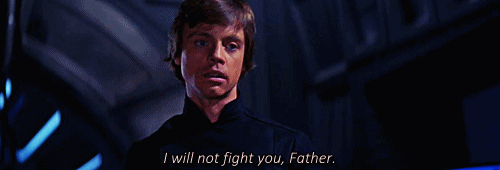
Because of this, this last crossroad is by far the most important moment of your protagonist’s journey. No matter what choice they make, this is their moment of truth, when readers will get to see every aspect of their transformation come to fruition.
Whether positive or negative, this is where all the threads of your novel will finally come together—meaning it’s the moment that will stick in your readers’ minds the longest!
The Crossroads Principle in Action
The First Plot Point:
With that said, I imagine it would be helpful to see these four crossroads at work in a real story. So, with that in mind, let’s unpack the four major crossroads of DreamWorks Animation’s How to Train Your Dragon!
For those who’ve never seen this movie, it’s about a young Viking named Hiccup who lives on a remote island plagued by dragon attacks. In his world, hunting and killing dragons is a rite of passage, and so his small stature and physical weakness are a constant source of ridicule—even Hiccup has bought into this cult of strength. As far as he’s concerned, he’ll never gain his community’s respect without killing a dragon of his own.
Thus, Hiccup’s journey reaches its first crossroad!
After finding the dragon he wounded, Hiccup is presented with a decision: kill it and earn his community’s respect, or spare it and leave it hidden in the woods. Ultimately, Hiccup chooses the second option. Even though he knows he “should” kill the dragon, he simply can’t bring himself to end its life. Deep down, he recognizes a part of himself in the dragon’s eyes, hinting at his truth of acceptance.

The Midpoint:
After this First Plot Point, Hiccup’s adventure begins!
Throughout Act 2, Hiccup has been slowly developing a friendship with the dragon he saved, now named Toothless. This finally pays off in the Midpoint, when Hiccup equips Toothless with a prosthetic fin, an apology for Hiccup’s role in wounding him. Working in tandem, the two go on an exhilarating flight around the island, surviving a close call only after Hiccup and Toothless choose to trust each other.
This pushes Hiccup one step closer to embracing his truth, symbolized by him flying with the very creature he was raised to fear. After this experience, he develops a new goal: to prove that dragons aren’t evil.

The Third Plot Point:
Unfortunately for Hiccup, his plan doesn’t go as he hopes.
When Hiccup tries to reveal everything he’s learned throughout his journey, the other Vikings reject him, disowning him as a traitor and capturing Toothless. As far as Hiccup’s concerned, he’s failed. His best friend is now in chains, and he’s lost the only family he’s ever known. Meanwhile, his father has taken Toothless to find the Dragon’s Nest in order to exterminate dragons for good—which Hiccup knows is a suicide mission thanks to the Alpha Dragon.
However, Hiccup holds on to his truth. Refusing to let Toothless get hurt, he allies with the other kids from his village and teaches them to ride dragons too, giving up his harmful belief that “being a Viking” is all about violence and strength.
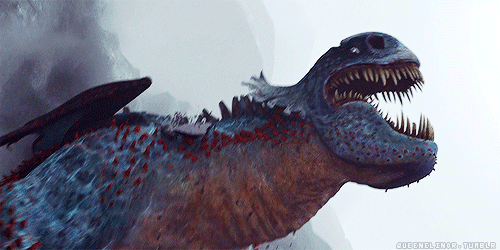
The Climactic Moment:
In a final test, Hiccup and Toothless work together to take down the deadly Alpha Dragon before it can wipe out the other Vikings. Hiccup knows this is a massive risk, but he trusts Toothless absolutely, willingly flying high into the clouds to lure the Alpha Dragon away.
This proves his truth of acceptance, and—though he loses his leg in the process—he and Toothless manage to save both of their kind. As a result, the world of dragons and Vikings are joined together, and Hiccup finally feels at ease with his place in his society.
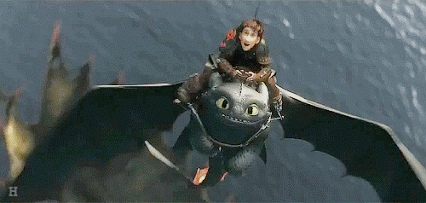
As you can see, the decisions Hiccup makes at each of these crossroads are an excellent test of who he is as a character.
Not only do they change and evolve as he does, but they also fundamentally shift the plot of his story. If he chose to kill Toothless when he first met him, or even just alerted the other Vikings, his journey would have never truly began. Likewise, without his Midpoint and Third Plot Point, it’s unlikely he would have had the confidence and conviction he needed to overcome his Climactic Moment.
How to Add Crossroads to Your Story
At the end of the day, this crossroads principle is one of the best things you can apply to your story. Not only will it bring your protagonist to life, but it’ll also ensure your plot shifts alongside your hero. The result is a more engaging novel—as well as happier readers! The question now is how to actually apply these crossroads…
Fortunately, if you already understand your plot, this shouldn’t be too hard:
#1: Skim through your scenes and figure out which ones correspond to these crossroads.
#2: Then, think carefully about the decision your protagonist makes in that plot point.
#3: If they don’t make a clear decision yet, think about what choices they should make.
#4: Finally, make sure their choices are clear to your readers and reflect who they are at that point in their story.
Ultimately, all of this is about creating believable change in your protagonist. And this isn’t limited to your hero either! Any of your characters can experience these turning point, helping get your readers even more invested in your story.
After all, if you want readers to stick around for the long haul, you need to give them a good reason—and these crossroads are that reason!


Leave a Reply